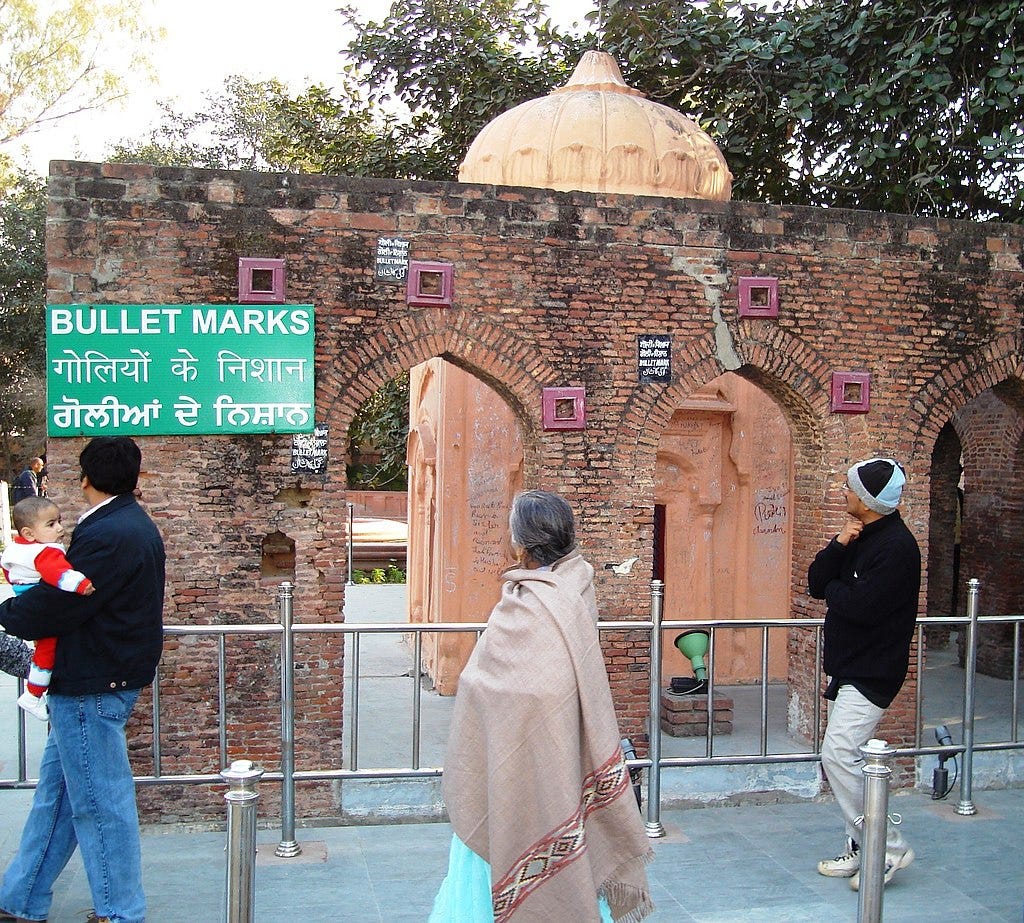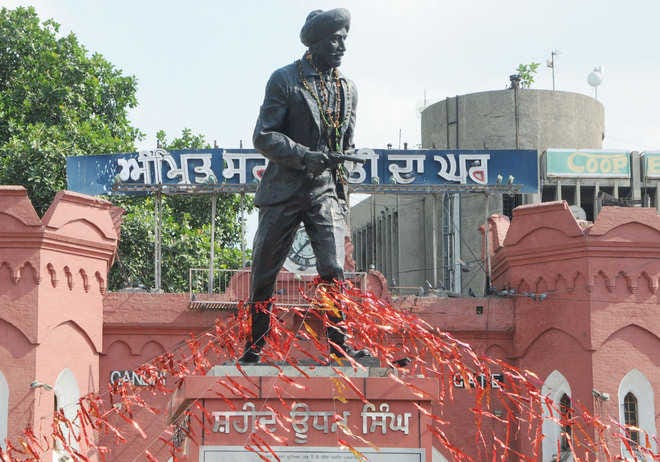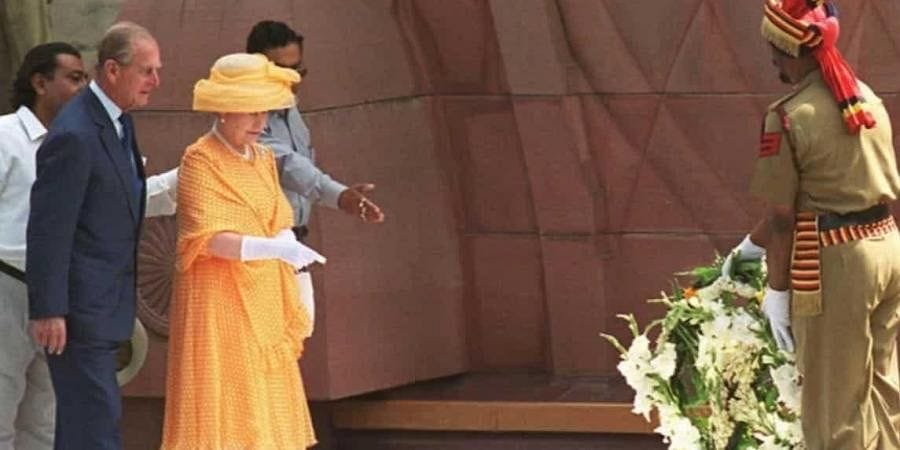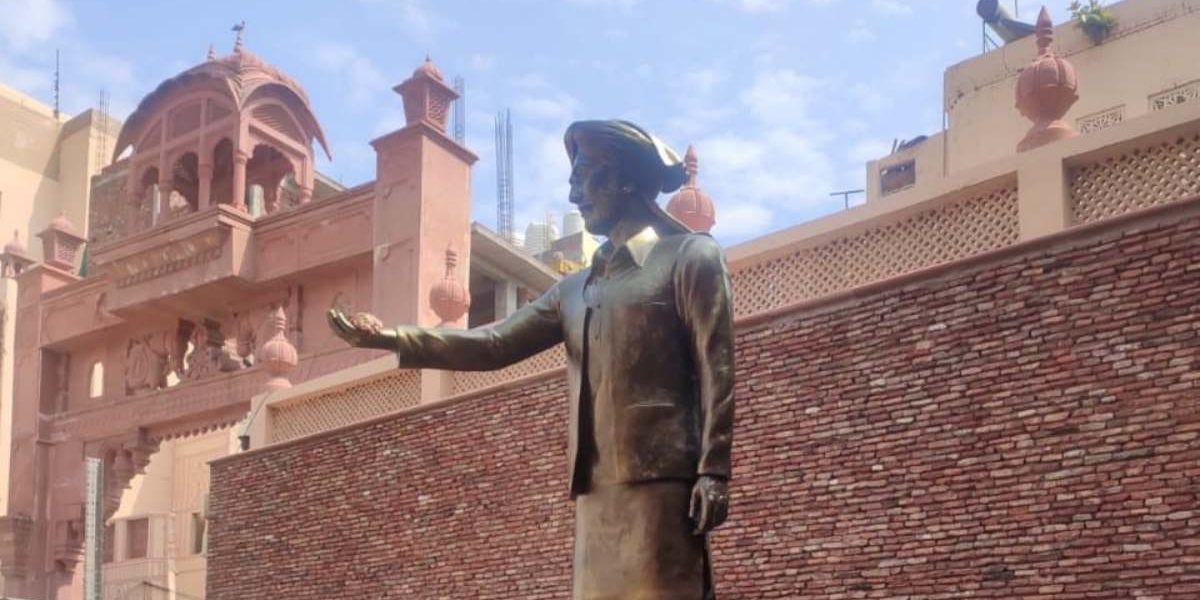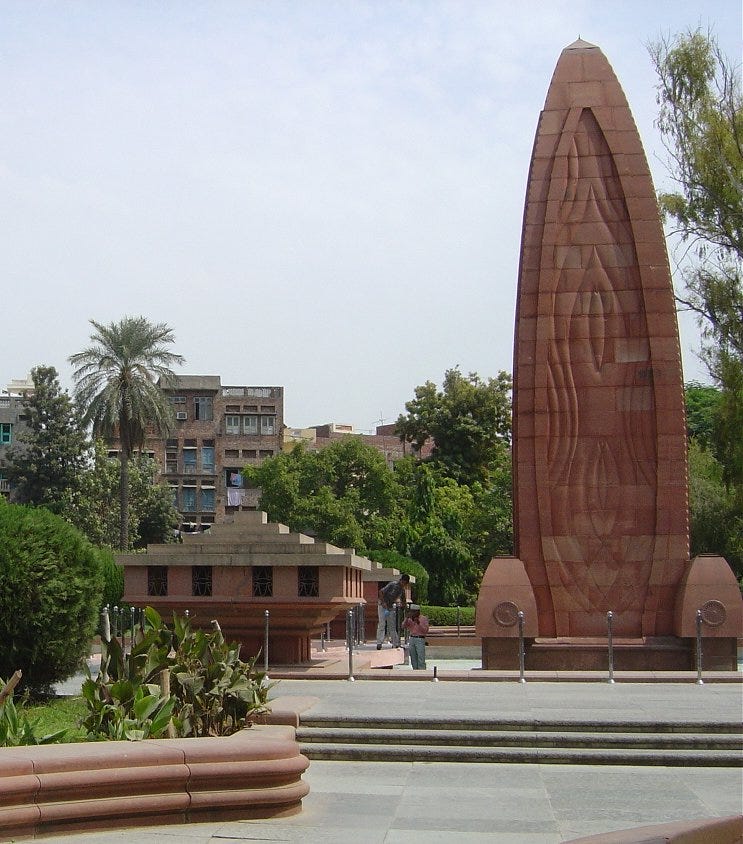Honouring Shaheed Udham Singh on His 84th Martyrdom Day
Reflecting on His Legacy, the 1919 Jallianwala Bagh Massacre, and the Retribution that Visited Michael O'Dwyer, the then Governor of Punjab, in 1940, 21 Years Later in England.
Honouring Shaheed Udham Singh on his 84th Martyrdom Day
As we commemorate the 84th martyrdom day of Shaheed Udham Singh on 31st July 2024, it is essential to reflect on the life and legacy of this iconic revolutionary who sought justice for the Jallianwala Bagh massacre at Amritsar on 13th April 1919. His unwavering resolve and ultimate sacrifice continue to inspire and resonate with generations. This solemn occasion not only calls us to remember the profound impact of his actions but also reminds us of the price of freedom and the brutality of the colonial regime. It compels us to consider the enduring influence of such historical events on our modern psyche and societal dynamics.
Jallianwala Bagh Massacre
The Jallianwala Bagh massacre is a stark reminder of the lengths to which the colonial regime went to suppress the quest for independence. It also highlights the significant role of Punjab in the freedom struggle, where Hindus, Sikhs, and Muslims vied with each other to sacrifice their lives for the cause of national freedom and independence. Udham Singh's actions are emblematic of this collective spirit of resistance and the deep scars left by colonial atrocities. As we honour his memory, we are reminded of the unity and shared sacrifice that defined Punjab's contribution to India's struggle for independence.
The Life and Legacy of Shaheed Udham Singh
Udham Singh, born on 26 December 1899 into a Kamboj Sikh family in Sunam, Punjab, was nurtured by the Chief Khalsa Diwan Orphanage in Amritsar. Demonstrating early patriotic fervour, he persuaded the authorities to let him serve in the British Indian Army during World War I. Despite initial service with the 32nd Sikh Pioneers on rail restoration projects up to Basra, his youth and disputes with superiors brought him back to Punjab. Resolute, he re-enlisted in 1918, contributing his carpentry and machinery maintenance skills in Basra and Baghdad. By early 1919, destiny led him back to Amritsar, where, at the age of 19, he was serving water to Baisakhi festival-goers at Jallianwala Bagh on that fateful Baisakhi day. Bearing witness to the harrowing massacre profoundly impacted his psyche, sowing seeds of revenge that would determine his future path.
The Haunting Legacy of Jallianwala Bagh
The Jallianwala Bagh massacre on 13 April 1919 remains a dark chapter in India's colonial history. Orchestrated by Brigadier-General Reginald Dyer, infamously dubbed “the Butcher of Amritsar”, this tragic incident saw troops ruthlessly firing upon a peaceful gathering, killing at least 379 and injuring over a thousand. Dyer's actions left a deep scar on the Indian psyche, one that Udham Singh carried with him for the rest of his life.
Assassination of Michael O'Dwyer: A Quest for Justice
On 13 March 1940, Udham Singh took a decisive step in seeking justice for the Jallianwala Bagh massacre by assassinating Michael O'Dwyer, the Governor of Punjab at the time of the massacre. This act, carried out at Caxton Hall, Westminster, London, was a culmination of 21 years of harbouring vengeful intent. Singh's trial was swift, and he did not deny his actions. Asserting that O'Dwyer deserved his fate, he proclaimed he acted for his country and expressed no fear of death. Unwavering in his convictions, Singh did not seek clemency, further showcasing his indomitable spirit. British justice, however, was swift and unyielding; he was executed on 31 July 1940 in England.
The Return of Udham Singh's Remains and His Enduring Legacy
In 1974, in a tribute to his enduring legacy, Udham Singh's remains were exhumed and returned to India. Received by Prime Minister Mrs Indira Gandhi and President Giani Zail Singh, his remains were cremated in his hometown, Sunam, with full state honours. Singh's memory continues to inspire and resonate with generations, symbolising the profound scars the Amritsar tragedy had etched on the Indian psyche.
Modern Reflections: Jallianwala's Shadows and Contemporary Issues
The shadow of the Jallianwala Bagh massacre looms large even today, influencing individuals and societal dynamics. In October last year we wrote an article, summarising an unsettling incident vividly illustrated this ongoing interplay between history and contemporary issues: the case of Jaswant Singh Chail, a young UK-born Sikh, who was driven by the echoes of Jallianwala Bagh and the influence of artificial intelligence to attempt a shocking act at Windsor Castle. His act echoed the historical revenge of Shaheed Udham Singh, reminding us of the deep wounds inflicted by such egregious acts of injustice.
Balancing Modernisation with Memory in Historical Preservation
The Jallianwala Bagh massacre, an indelible blot on our historical canvas, will forever remind us of the past's scars. Recently, the historic Jallianwala Bagh underwent a significant renovation, now featuring state-of-the-art audio-visual aids to educate and inform visitors. However, this renovation has stirred controversy, particularly concerning the alteration of the narrow entry lined originally with "Nanakshahi" bricks—a detail deeply embedded in the collective memory of the community. This instance underscores the delicate balance required in preserving our historical sites and monuments linked to the freedom struggle and sacrifices. It serves as a stark reminder that conservation efforts must be sensitive to local sentiments and not solely entrusted to professionals who may not fully grasp the emotional resonance of such spaces with the people.
EPILOGUE
During my tenure from 1990 to 1996, I had the profound honour of serving in Amritsar, taking on the mantle of Deputy Commissioner in the latter four years and fulfilling the role of second in command for the initial two. Throughout this period, it became a deeply personal mission for me to pay respects to the martyrs of Jallianwala Bagh every 13th of April. This included a particularly poignant moment in 1994 which marked the 75th anniversary—a befitting National commemoration—of that fateful event.
Our training as civil servants equips us to remain composed, even in tumultuous situations, and my personal upbringing too reinforced this stoic discipline. However, I must candidly confess that during those years, especially as a young man in my late 20s and early 30s, the profound sorrow and solemnity of the Jallianwala tragedy were occasionally interspersed with an underlying sentiment of retribution.
As we honour Shaheed Udham Singh on this 84th martyrdom day, let us remember his sacrifice and the profound impact of his actions— of millions of others— on India's journey towards independence. His legacy serves as a reminder of the enduring power of justice and the importance of preserving our history with reverence and sensitivity.


